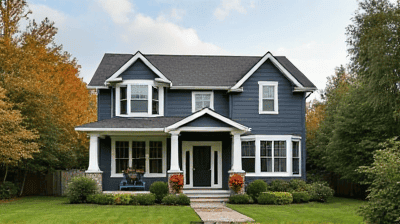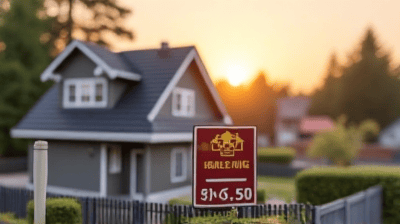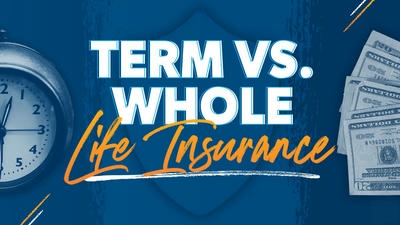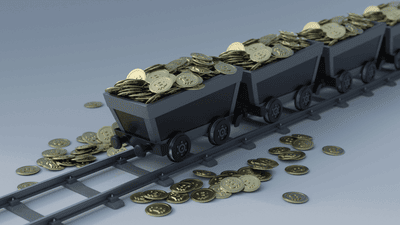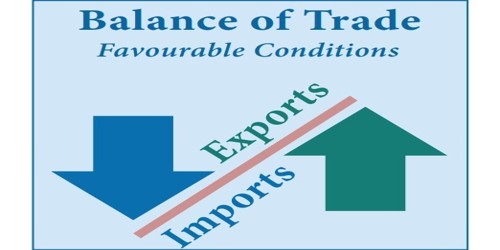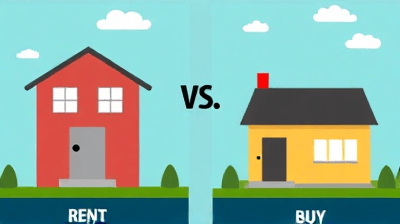
Deciding whether to rent or buy a home is one of the most significant financial choices you’ll make, and in 2025, the decision is more complex than ever. With interest rates at 5.5 to 6 percent, home prices stabilizing in many markets, and rental demand surging, both options have distinct advantages and drawbacks. As of May 21, 2025, the U.S. housing market reflects a mix of opportunities and challenges, shaped by economic uncertainty, hybrid work trends, and shifting consumer preferences.
The 2025 Housing Market Landscape
The housing market in 2025 is defined by several key factors. Median home prices hover around 400000 dollars nationally, with growth slowing to 3 to 4 percent annually in markets like Charlotte and Boise, while high-cost cities like San Francisco remain unaffordable for many. Mortgage rates for 30-year fixed loans are between 5.5 and 6 percent, increasing borrowing costs. Rental prices have risen 5 percent year-over-year, driven by low vacancy rates (around 6 percent) and demand for flexible housing options. Social media discussions on platforms like X highlight renter concerns about affordability and buyer hesitancy due to high interest rates, with some users advocating for waiting out the market.
Economic indicators suggest a potential mild recession in late 2025, adding uncertainty to the rent-or-buy decision. Hybrid work models continue to influence housing choices, with many seeking homes in affordable suburbs or rentals offering flexibility for relocation. Below, we analyze the pros and cons of renting and buying, followed by strategies to make the right choice in today’s market.
Pros of Renting in 2025
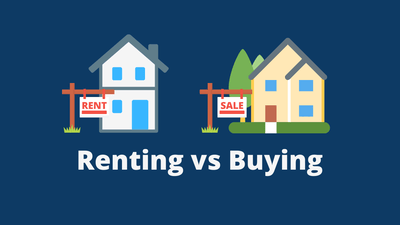
Renting offers flexibility and lower upfront costs, making it appealing for certain lifestyles and financial situations.
1. Flexibility and Mobility
Renting provides the freedom to relocate without the burden of selling a home. In 2025, with hybrid work enabling job changes or moves to new cities, renters can adapt quickly. This is ideal for young professionals, frequent travelers, or those unsure about long-term plans.
Example: A renter in Austin can move to Raleigh for a job opportunity with only a month’s notice, avoiding the 6 to 8 percent closing costs of selling a home.
2. Lower Upfront Costs
Renting requires minimal upfront investment—typically a security deposit (one month’s rent) and first month’s rent. In 2025, with median rents around 2000 dollars monthly, renters need 4000 dollars to move in, compared to 12000 to 80000 dollars for a home down payment (3 to 20 percent of a 400000-dollar home).
3. No Maintenance Responsibilities
Renters are not responsible for property maintenance, repairs, or taxes, which can cost homeowners 1 to 2 percent of a home’s value annually (4000 to 8000 dollars for a 400000-dollar home). In 2025, landlords handle these expenses, freeing renters from unexpected costs like roof repairs or HVAC replacements.
4. Access to Amenities
Many rental properties, especially apartments in urban areas, offer amenities like pools, gyms, and coworking spaces. In 2025, new multifamily developments in cities like Denver and Nashville cater to renters seeking lifestyle perks without the cost of ownership.
5. Protection from Market Downturns
Renters are insulated from housing market fluctuations. If home prices drop in a 2025 recession, renters avoid equity losses, while buyers could face negative equity if they purchase at peak prices.
Cons of Renting in 2025
Renting has limitations that may outweigh its benefits for those seeking long-term stability or wealth-building opportunities.
1. No Equity Building
Rent payments do not contribute to ownership or equity, unlike mortgage payments that build home equity over time. In 2025, with home prices appreciating at 3 to 4 percent, buyers gain equity, while renters miss out on potential wealth accumulation.
2. Rising Rents
Rental prices are increasing faster than inflation in many markets. In 2025, cities like Phoenix and Tampa see 5 to 7 percent annual rent hikes, straining budgets. Renters lack the fixed payment stability of a fixed-rate mortgage.
3. Limited Control
Renters have less control over their living space, facing restrictions on renovations, pets, or lease terms. In 2025, landlords may impose strict rules or raise rents at lease renewal, reducing stability.
4. Missed Tax Benefits
Homeowners can deduct mortgage interest and property taxes, reducing taxable income. In 2025, these deductions can save buyers thousands annually, a benefit renters forgo.
Pros of Buying in 2025
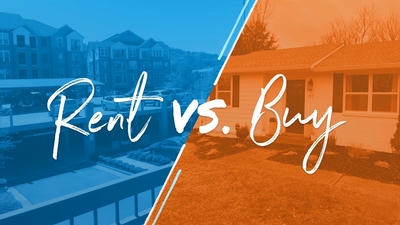
Buying a home offers long-term financial and lifestyle benefits, particularly for those planning to stay in one place.
1. Equity Building and Appreciation
Homeownership builds equity as you pay down your mortgage and as property values rise. In 2025, a 400000-dollar home appreciating at 4 percent annually gains 16000 dollars in value, boosting net worth. Over 30 years, this compounds significantly.
2. Fixed Housing Costs
A fixed-rate mortgage locks in your monthly payment, providing predictability. In 2025, a 320000-dollar loan at 6 percent costs about 2200 dollars monthly (including taxes and insurance), shielding buyers from rent increases.
3. Tax Advantages
Homeowners can deduct mortgage interest (up to 750000 dollars of debt) and property taxes (up to 10000 dollars annually). In 2025, these deductions can offset the higher costs of ownership, especially for high earners.
4. Personalization and Stability
Buying allows you to customize your home and establish roots. In 2025, with hybrid work encouraging moves to suburbs like Cary, North Carolina, buyers enjoy stable communities and long-term control over their space.
5. Potential Rental Income
Homeowners can rent out a room or the entire property for additional income. In 2025, platforms like Airbnb make short-term rentals viable, especially in tourist-friendly markets like Orlando.
Cons of Buying in 2025
Buying a home involves significant costs and risks, particularly in an uncertain market.
1. High Upfront Costs
Purchasing a home requires a down payment (12000 to 80000 dollars for a 400000-dollar home), closing costs (2 to 5 percent, or 8000 to 20000 dollars), and moving expenses. In 2025, these costs deter first-time buyers with limited savings.
2. Maintenance and Ongoing Costs
Homeowners face maintenance (4000 to 8000 dollars annually), property taxes (1 to 2 percent of home value), and insurance (1500 to 3000 dollars yearly). In 2025, these expenses strain budgets, especially in high-tax states like Texas.
3. Market Risk
A 2025 recession could depress home prices, leading to negative equity for recent buyers. Markets like Las Vegas, which saw rapid price growth, are particularly vulnerable to corrections.
4. Reduced Flexibility
Selling a home involves significant time (3 to 6 months) and costs (6 to 8 percent of sale price), limiting mobility. In 2025, this is a concern for those with uncertain job prospects.
Strategies to Make the Right Choice in 2025
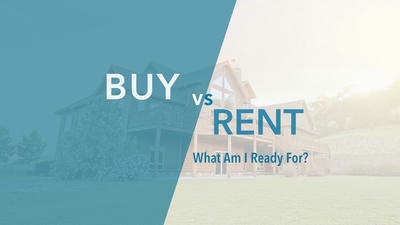
To decide between renting and buying, consider your financial situation, lifestyle, and local market conditions. Below are five strategies to guide your decision.
1. Assess Your Financial Readiness
Evaluate your income, savings, and debt-to-income (DTI) ratio. Lenders prefer a DTI below 43 percent, including housing costs. In 2025, aim for:
Renting: Monthly rent below 30 percent of gross income (1800 dollars for a 6000-dollar income).
Buying: 3 to 6 months of expenses saved, plus a 5 to 20 percent down payment and closing costs.
Use tools like Bankrate’s affordability calculator to estimate mortgage payments and Zillow to compare local rents.
2. Consider Your Time Horizon
Your planned stay in a location is critical. Buying makes sense if you’ll stay 5+ years, as appreciation and equity offset upfront costs. Renting is better for shorter stays (1 to 3 years) to maintain flexibility.
Example: In Charlotte, with 4 percent annual price growth, a 400000-dollar home takes 5 years to break even after 20000 dollars in closing costs. Renting is cheaper for shorter periods.
3. Analyze Local Market Conditions
Compare rent-to-buy costs in your area. In 2025, the rent-to-buy ratio (monthly rent divided by monthly mortgage payment for a similar home) helps:
High ratio (>1): Renting is cheaper (e.g., San Francisco, where rents are 3000 dollars but mortgages are 4000 dollars).
Low ratio (<1): Buying is more cost-effective (e.g., Boise, where rents are 2000 dollars and mortgages are 1800 dollars).
Use Redfin or Realtor.com for local price and rent data. X posts from local real estate groups can provide insights into market trends.
4. Explore Financing Options
Buyers have access to programs that ease upfront costs:
FHA Loans: 3.5 percent down, ideal for first-time buyers with credit scores above 580.
VA Loans: Zero down for eligible veterans.
Down Payment Assistance: State programs offer grants (e.g., Florida’s Hometown Heroes provides up to 35000 dollars).
In 2025, shop around for mortgage rates, as a 0.25 percent difference saves thousands over 30 years. Renters should negotiate lease terms, such as discounts for longer commitments.
5. Factor in Lifestyle and Goals
Consider non-financial factors:
Renting: Suits those prioritizing mobility, minimal responsibility, or urban amenities.
Buying: Ideal for those seeking stability, personalization, or long-term wealth building.
In 2025, hybrid work may favor buying in affordable suburbs or renting in flexible urban hubs, depending on your job.
Case Study: Rent vs. Buy in 2025
Consider Sarah, a 32-year-old professional in Raleigh, North Carolina, earning 80000 dollars annually. She’s deciding between renting a 2-bedroom apartment for 2000 dollars monthly or buying a 350000-dollar home with a 10 percent down payment (35000 dollars) and a 315000-dollar mortgage at 6 percent (2100 dollars monthly, including taxes and insurance).
Renting: Sarah pays 24000 dollars annually, with no equity or maintenance costs. She values flexibility, as her job may require relocation in 3 years.
Buying: Sarah’s total annual cost is 30000 dollars (25200 dollars mortgage, 4800 dollars maintenance/taxes). After 5 years, the home appreciates to 420000 dollars (4 percent annually), yielding 70000 dollars in equity, offsetting costs. However, she faces 15000 dollars in closing costs and less mobility.
Sarah chooses to rent, prioritizing flexibility and lower upfront costs, but plans to save for a future home purchase when her career stabilizes. Her decision reflects Raleigh’s balanced rent-to-buy ratio (0.95) and her short-term goals.
Conclusion
The rent-versus-buy decision in 2025 depends on your financial readiness, time horizon, local market, and lifestyle. Renting offers flexibility and lower costs, ideal for mobile professionals or those in high-cost markets. Buying builds equity and stability, suiting those planning to stay 5+ years in growing areas. By assessing your finances, analyzing local conditions, and exploring financing options, you can make a choice that aligns with your goals. In today’s dynamic market, careful planning ensures your decision supports both your immediate needs and long-term wealth-building aspirations.

